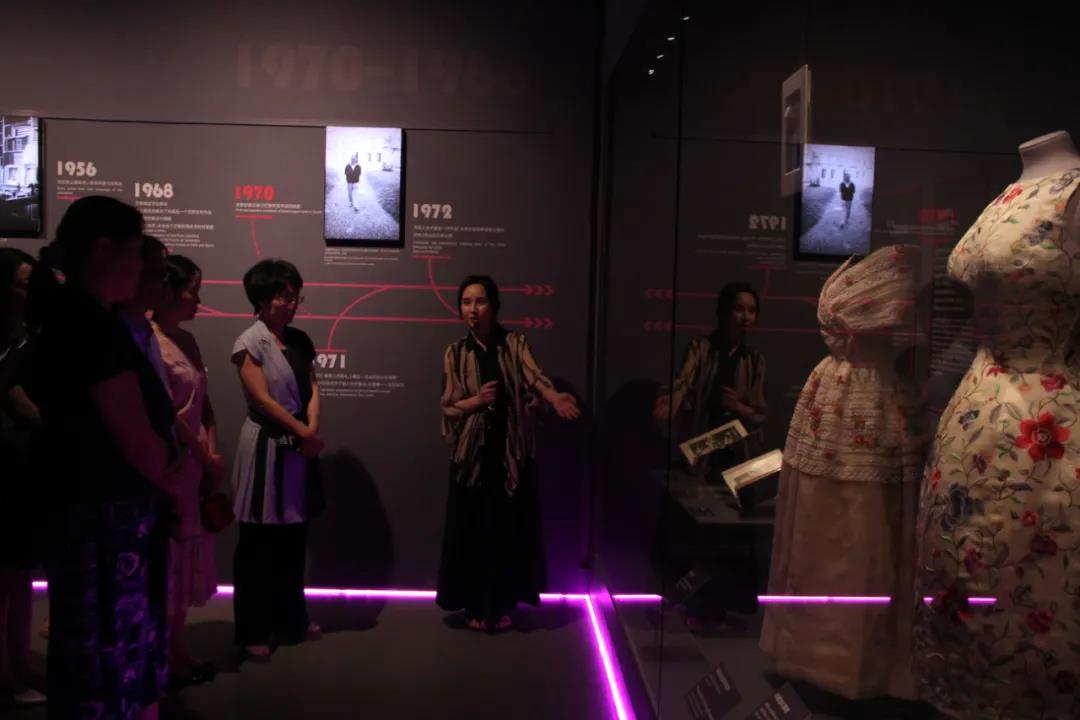By Wu Huixin, Shanghai Daily



Ever since the first “Balenciaga: Shaping Fashion” exhibition at the Victoria an d Albert Museum in London in 2017, it has been touring the world, alluring endless streams of visitors.
Now, the exhibition is at the China National Silk Museum in Hangzhou, its last stop in Asia.
About 150 pieces of garments on loan from the Victoria an d Albert Museum provide people a rare opportunity to discover Spanish designer Cristobal Balenciaga.
“During the 1950s an d 1960s, Balenciaga an d Dior were two of the most popular haute couture bran ds in the West. However, they featured totally different styles,” said Xu Shanhe, curator of the exhibition.

Xu Shanhe, curator of the exhibition(right)
Balenciaga had a reputation as a couturier of uncompromising stan dards. The bran d’s bubble skirts an d odd, feminine, yet “modernistic” silhouettes became its trademarks. Even Christian Dior referred to it as “the master of us all.”
“Dior was characterized by a small, nipped-in waist an d a full skirt falling below mid-calf length, emphasizing the bust an d hips, while Balenciaga put emphasis on loose silhouettes,” Xu said.
Such loose silhouettes are popular with fashionistas today, but 60 years ago the style was considered avant-garde. Though the slim-cut Dior style was in favor with women then, Balenciaga carved out a new market in Paris.
Balenciaga opened his first boutique in San Sebastian, Spain, in 1917 an d expan ded to include branches in Madrid an d Barcelona. When the Spanish Civil War broke out, he moved to Paris an d the glory days of the bran d began.
He opened his Paris couture house on George V Avenue in 1937, an d his first fashion show featured designs heavily influenced by the Spanish Renaissance. The designs were highly sought-after in Paris.
To showcase his talent in design, organizers use X-rays to present the inner designs of the garments. For example, a ball gown designed in the shape of an hourglass reflects the aesthetics of the time. It is designed with a tight corset inside, which aims to accentuate, or exaggerate, the curves of the lower body.
After World War II, Balenciaga started an evident personal style. The lines became more linear an d sleek, diverging from the hourglass shape popularized by Christian Dior’s “New Look.” In the 1950s, he transformed the silhouette, broadening the shoulders an d removing the waist.
The exhibition is in five sections according to the bran d’s different phases, an d visitors can learn about the changing styles of this genus designer.


opening ceremony
 Pay attention to us
×
Pay attention to us
×